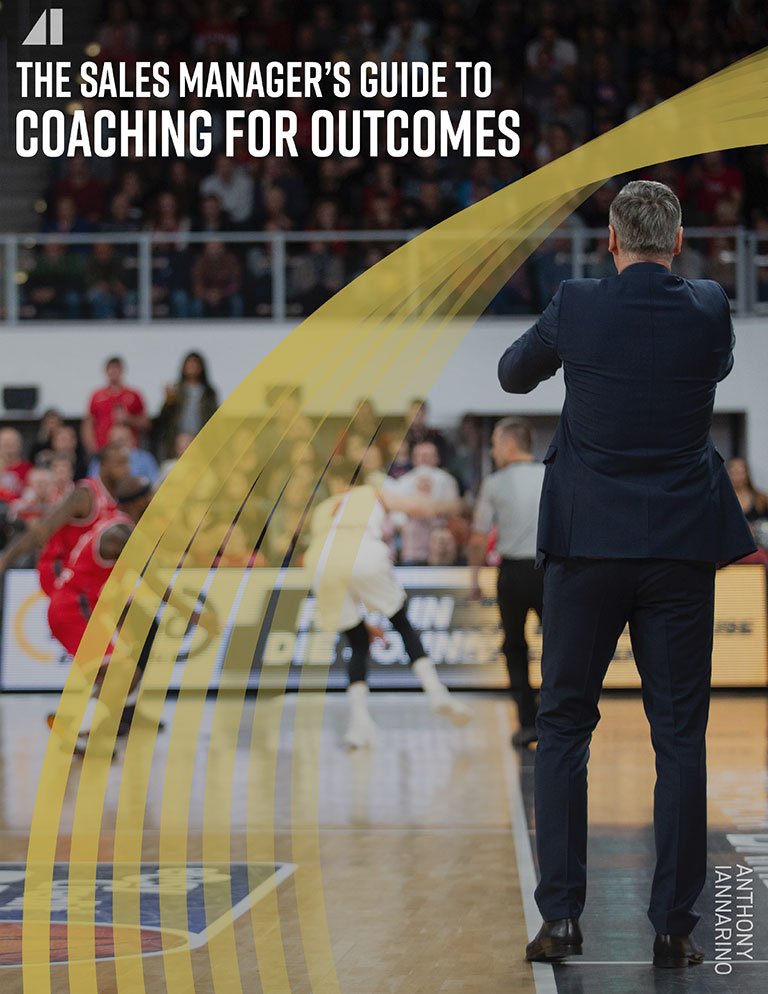One of the most significant changes in sales is the meaning of the word “closing.” In the past, sales leaders would suggest that they wanted to hire people who could close deals, asking the prospective client to buy, and getting ink on a contract.
That idea of a closer started to fall apart in the 1980s, something Neil Rackham documented in his most famous book, SPIN Selling. In that book, Rackham explained that closing behaviors worked very well when the sales were what we might call transactional, the idea that is a frequent decision and one with low consequences.
What worked in more complex sales, defined by the low frequency of the decision and significant consequences, was a series of commitments that Rackham called an “advance.” Over the last few years, some who write about sales suggest that “closing” is no longer important. This is not only incorrect but also something detrimental to winning big deals.
In the modern world of B2B sales, you need to close a series of commitments that lead to what would have been “the close,” using a consultative approach that makes asking for the business simple and straightforward.
Understanding Conversations and Commitments
Both opportunity creation and opportunity capture are made up of conversations and commitments. The commitments are what advances the conversation and move the client closer to their ability to make a decision, and the better results we are helping them pursue.
Our sales process is our theory about what conversations are necessary to help a client explore change, collaborate on what the right solution needs to look like, acquire the support of their team, agree on the right investment, review the solution and allow us to resolve their concerns and, eventually, sign a contract.
The view we have of the buyer’s journey is a map that allows us to think about what the buyer needs to move forward. We use these maps, and even though they don’t exactly match the terrain, they help us know what conversations we need to lead, and when it makes sense to have those conversations. We also use these processes and methodologies to remind us what commitments we need to acquire, keeping both our prospective clients and ourselves tracking towards a decision and their goals.
Recognizing the Nonlinearity of the Sales Conversation
We think of sales as conversations and commitments because the sales conversation and buying conversation tend to be nonlinear. They don’t always move from target to discovery, from discovery to solution design, from solution design to presentations and proposals, from presentations and proposals to a verbal commitment, and from a verbal commitment to negotiation and a signed deal.
What is more often true is that things progress forward with discovery, followed by the introduction of additional contacts and stakeholders who, having missed the first discovery meeting, still need to explore the ideas you have already discussed with the first contacts that agreed to meet with you.
You can develop a solution only to find later it conflicts with something someone else needs, causing you to have to go back over ground you believed you have already covered. This is the nature of the dynamic, human interactions around the sales conversation.
We accept the nonlinear nature of the sales conversation, using our sales process, our understanding of the buyer’s journey, and our conversations with our clients about what comes next, why that conversation is necessary, and what we believe they need to do next.
Controlling the Process through Negotiation
When we do our best work, we control the sales conversation. Because we sell what we sell every day and our clients buy what we sell infrequently, we have a clearer and more informed view about what conversations we need to have and what commitments the client is going to need to make to get the best results when it comes to making the decision we are helping to make. We call this “controlling the process,” but there is more to this than leading the client.
Our clients know their company and their people far better than we ever will. Even though we know we are obligated to lead this process, we are including the client in every decision. They are almost certain to know who they need to bring into the conversation and what order, as well as who they might need to leave out until later in the process when it will be easier to get their support.
They also know better what their solution is going to need to look like for you to be able to execute a solution that produces the better results they need.
The sales conversation comes with some conflicts, including conflicts around the sales conversation. Wherever conflicts exist, collaboration is possible. We negotiate these commitments with our clients to help them make a good decision.
No Jumping Ahead
Fast is slow, and slow is fast. We don’t jump ahead to the end of the process without ensuring that we have served our prospective clients with a professional, consultative sales approach. We don’t allow ourselves to get so far ahead of the client in the conversation that they can’t keep pace with us. As long as we stay connected, we can move as fast as our clients need us to move.
Our approach to closing is efficient because we are moving from conversation and commitment to conversation and commitment, without skipping any of the conversations necessary for our prospective client to choose us because of our insights, our ideas, and our approach. Both of these define us as a sales organization and provide us with a competitive advantage.

Get the Free eBook!
The Sales Manager's Guide to Coaching Outcomes
The success of the team depends on the coach's ability to bring the players together, teach, and lead. Invest time in improving your leadership with this eBook.
Download Now










